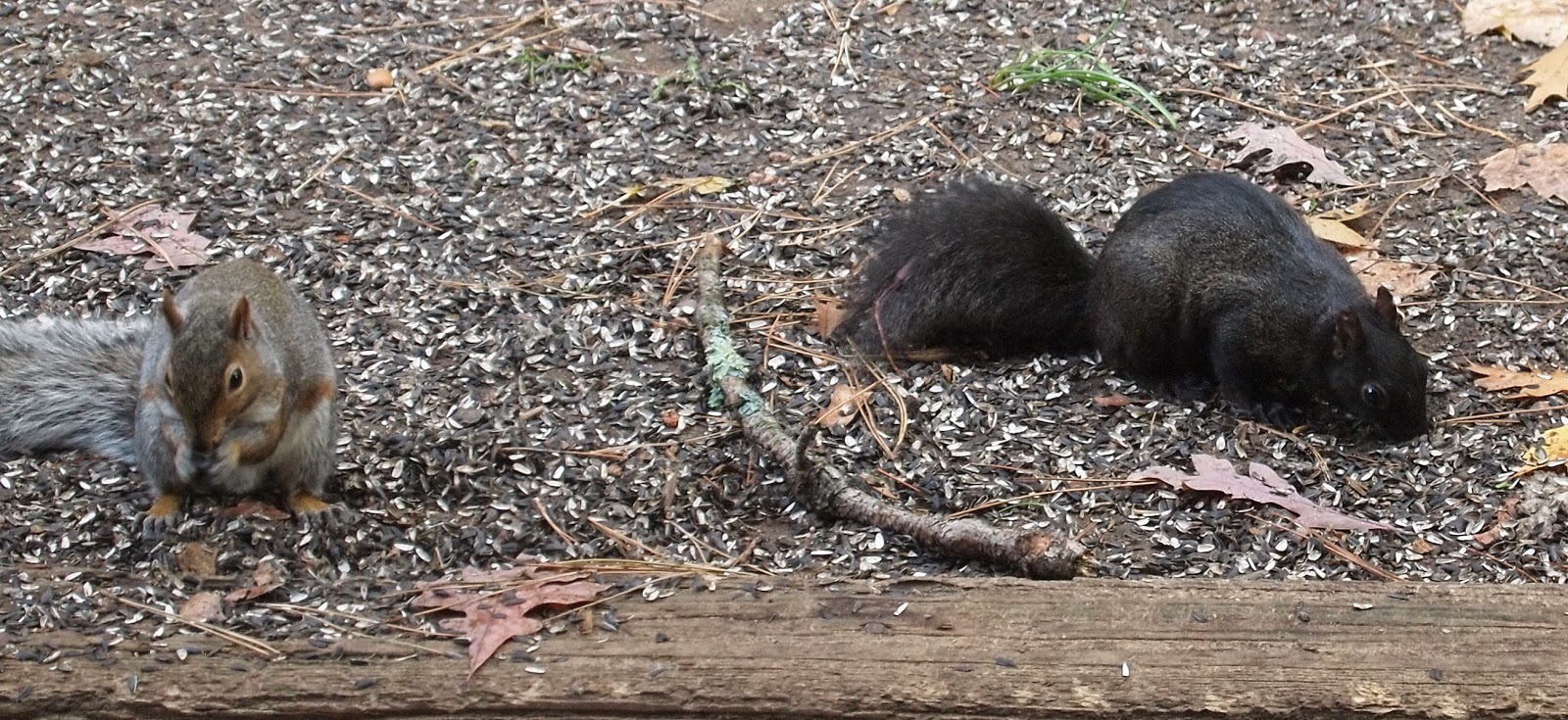Wildlife Viewing
Join us in celebrating #BatWeek!
The DNR is joining The Organization for Bat Conservation, Bat Conservation International, U.S. Fish and Wildlife Service and others for the celebration of #BatWeek! Taking place Oct. 26 through Nov. 1, #BatWeek 2014 is drawing attention to the value of bats and the challenges they face.
This time of year, bats are on the move. While some species of bats will migrate south, where temperatures remain above freezing, the majority of our Michigan bats hibernate in abandoned mines, caves or other secluded places free from human disturbances. Because a Michigan bat’s diet consists of only insects, their main food is unavailable in the colder months. To survive the long winter with a complete lack of food, bats must store up enough fat reserves during the summer months to fuel their bodies during hibernation. To conserve their precious energy reserves, bats' metabolism slows and their body temperatures lower to 38-43 degrees.
Michigan bats are important because they are the primary nighttime predator of insects. Bats eat large amounts of nuisance insects that are damaging to agriculture and forests. Some species of bats can consume more than half their body weight in insects each night! This predation helps decrease the reliance on chemical insecticides to control pests and also combats infectious diseases that spread through insect bites.
However, these fascinating critters are facing the greatest threat to North American bat populations. White nose syndrome (WNS) is a devastating disease from an invasive fungus that grows on the nose, wings and exposed skin of the bats. The fungus thrives in cold, damp environments and is only known to affect bats, primarily during hibernation. The fungal growth forms irritating lesions on the bats' skin, causing them to wake more often during hibernation and deplete their fat reserves prematurely. Without enough fat reserves to survive the rest of the winter, bats with WNS will emerge mid-winter and desperately try to find insects, but will die from starvation and exposure to the cold.
How can you help Michigan’s bats?
- Report Unusual Bat Behavior and Deaths.
- Learn more about bats in Michigan.
- Learn how to prevent the spread of WNS.
- Buy a wildlife habitat license plate.
- Buy a Living Resources wildlife patch.
- Simply make a tax-deductible donation.
With your help and increased funding to the Nongame Wildlife Fund, we can increase our efforts to protect and learn about the bats that call Michigan home. Help us #SavetheBats!
| This email was sent to siekask@gmail.com using GovDelivery, on behalf of: Michigan DNR · Constitution Hall, 525 W. Allegan St., PO Box 30028 Lansing MI 48909 · 1-800-439-1420 |
















